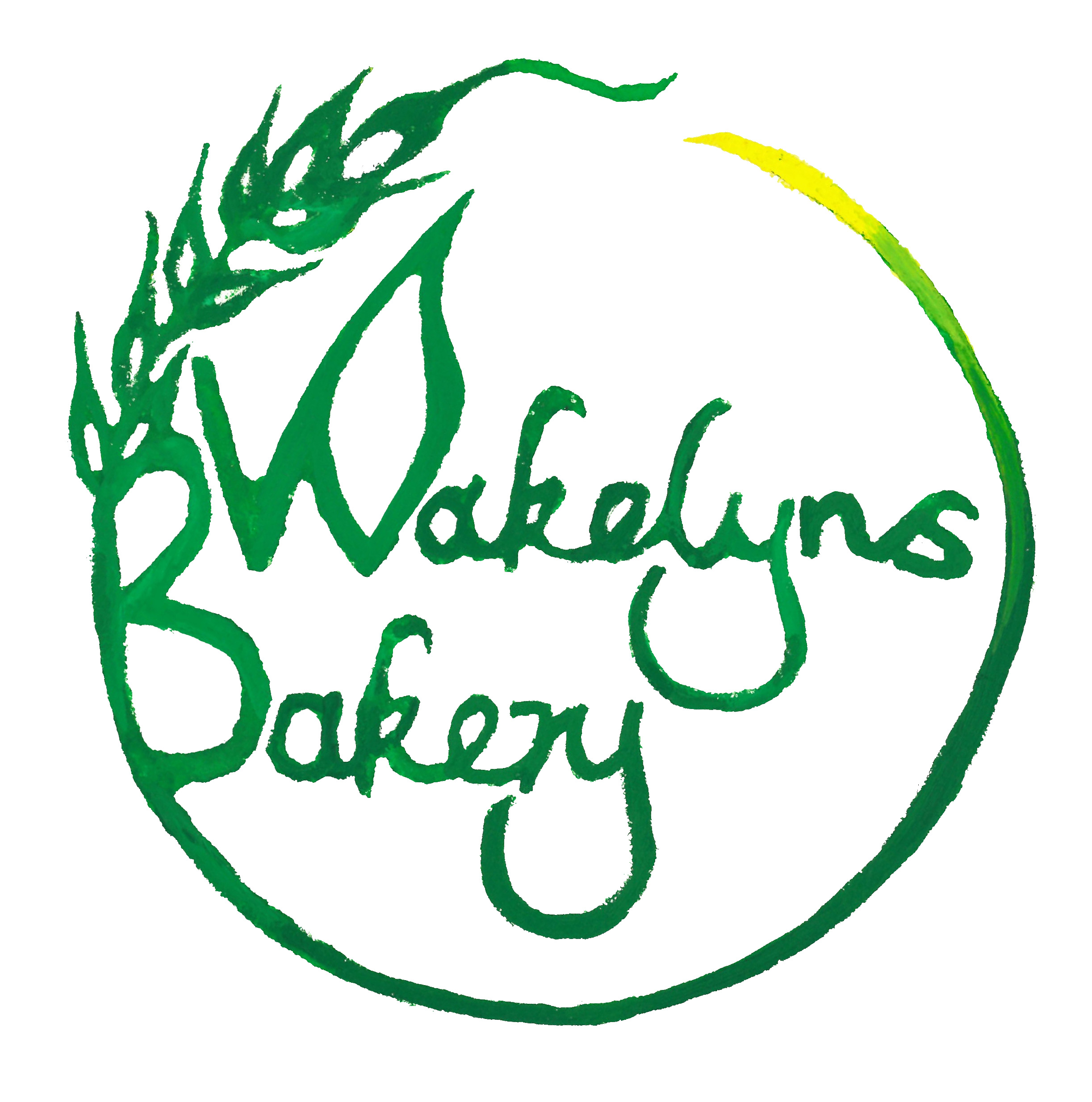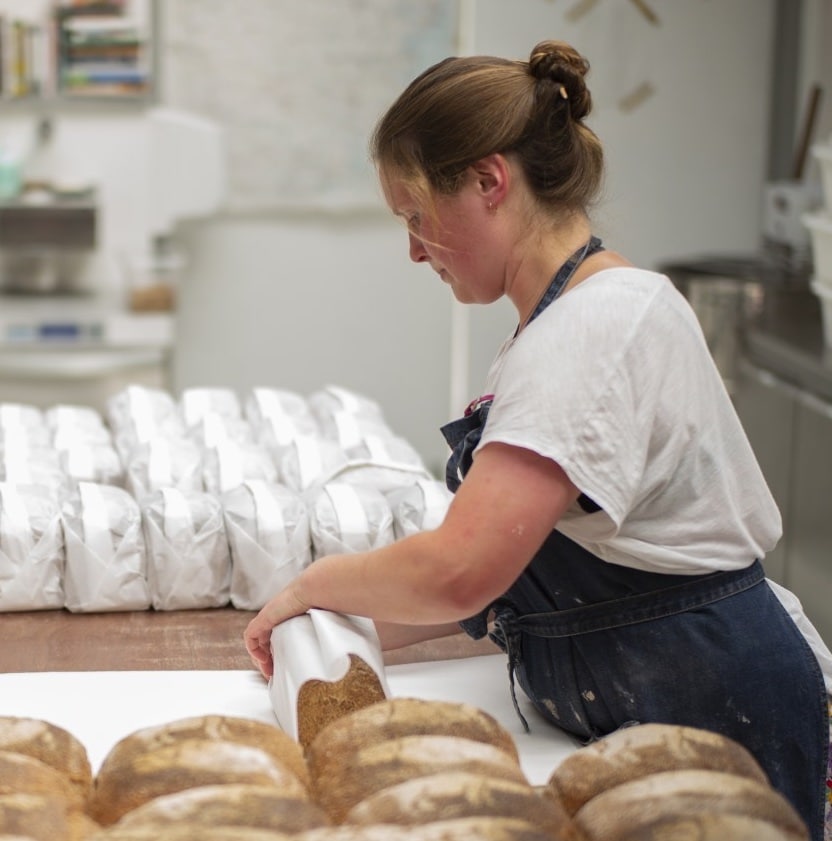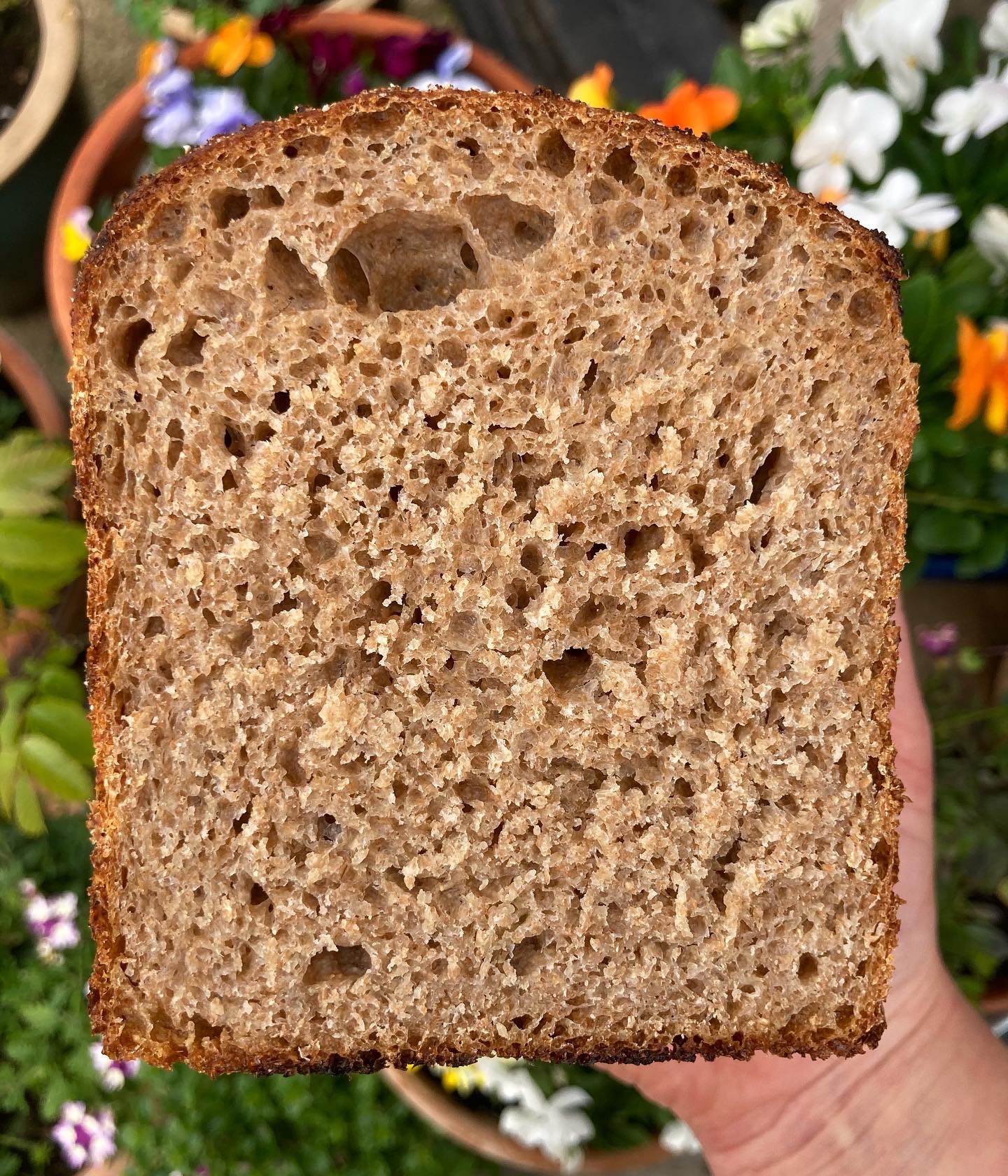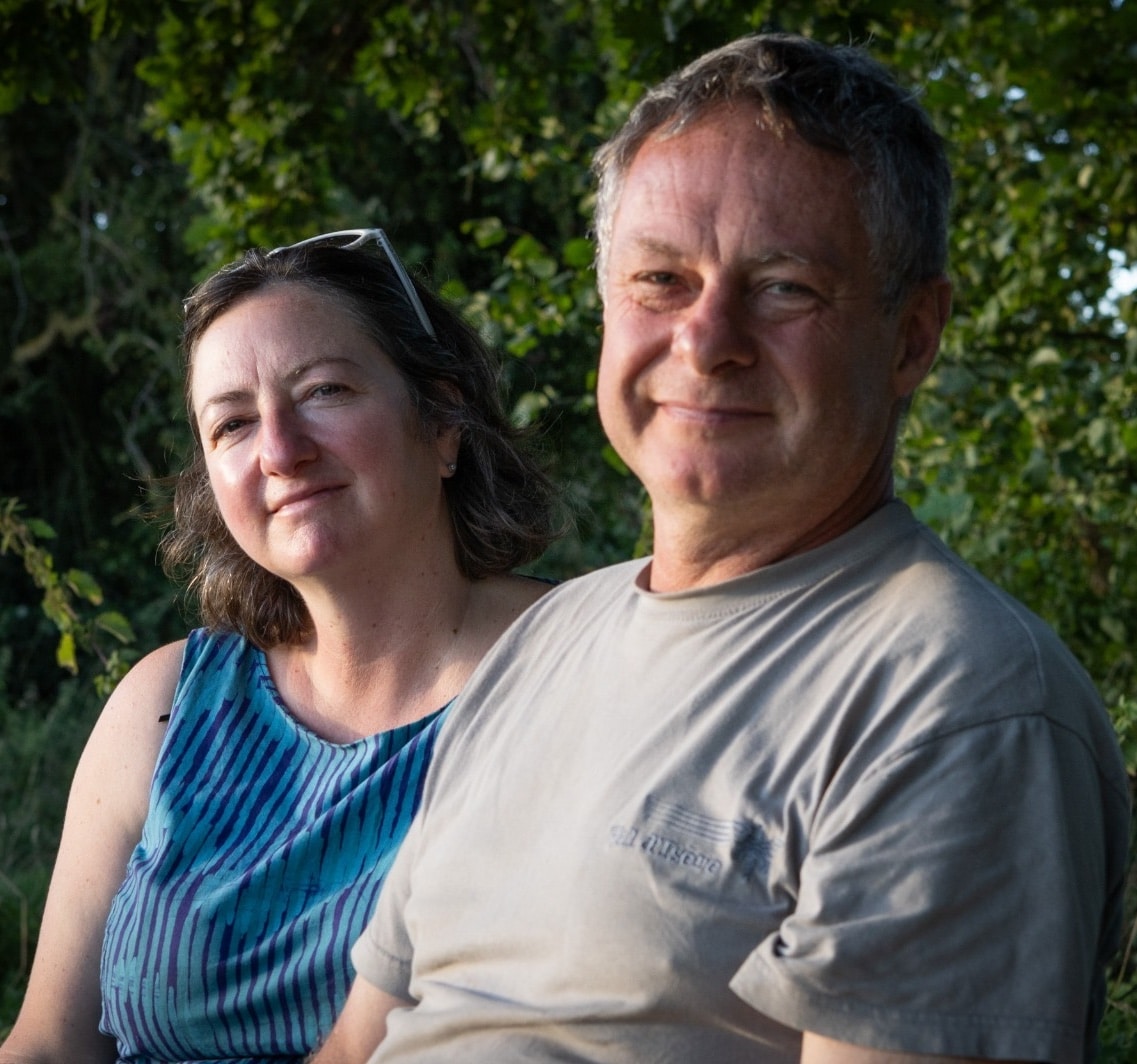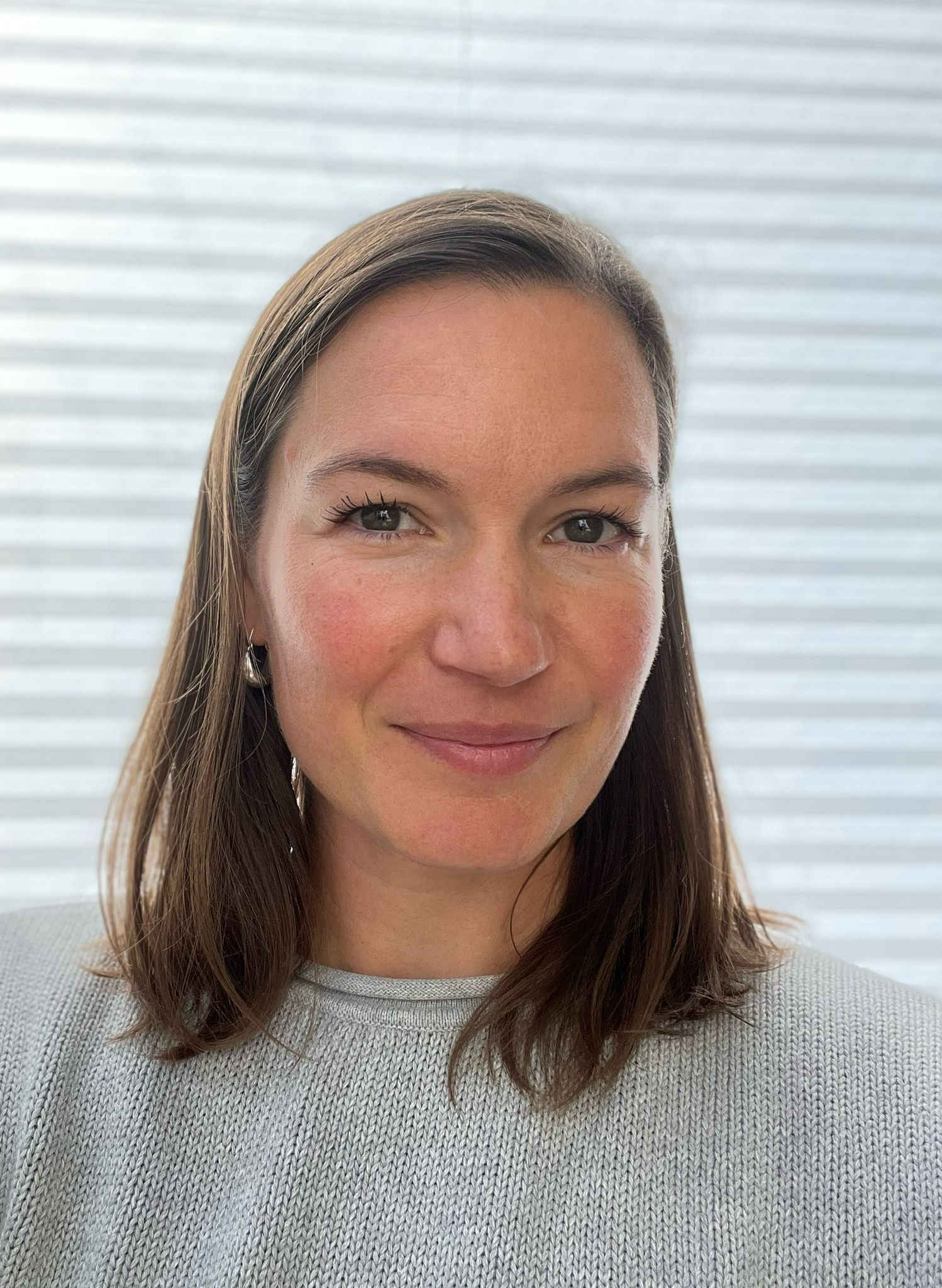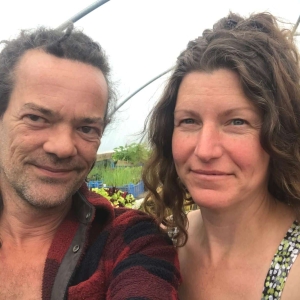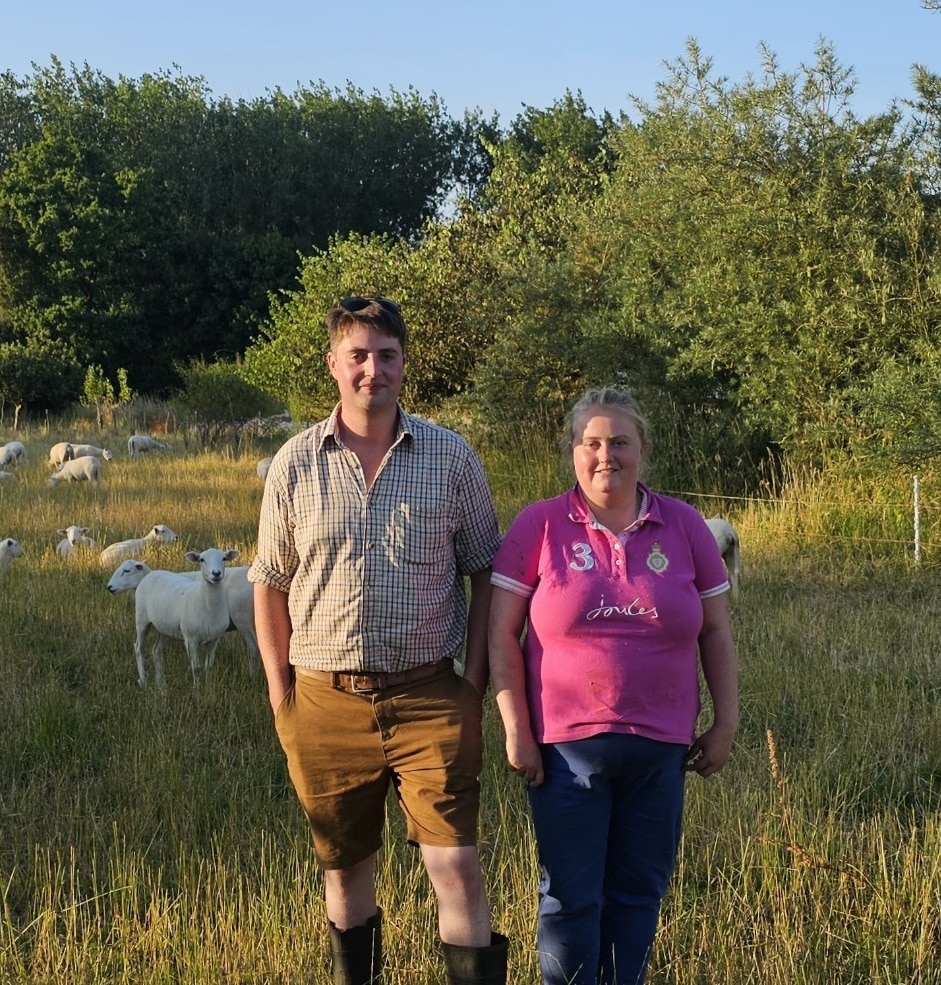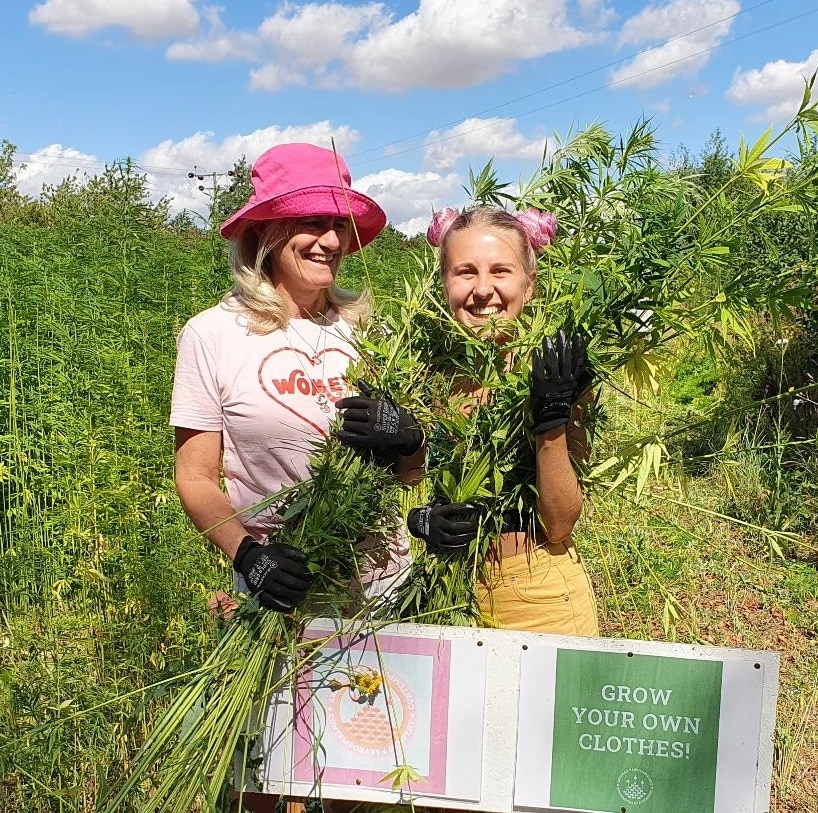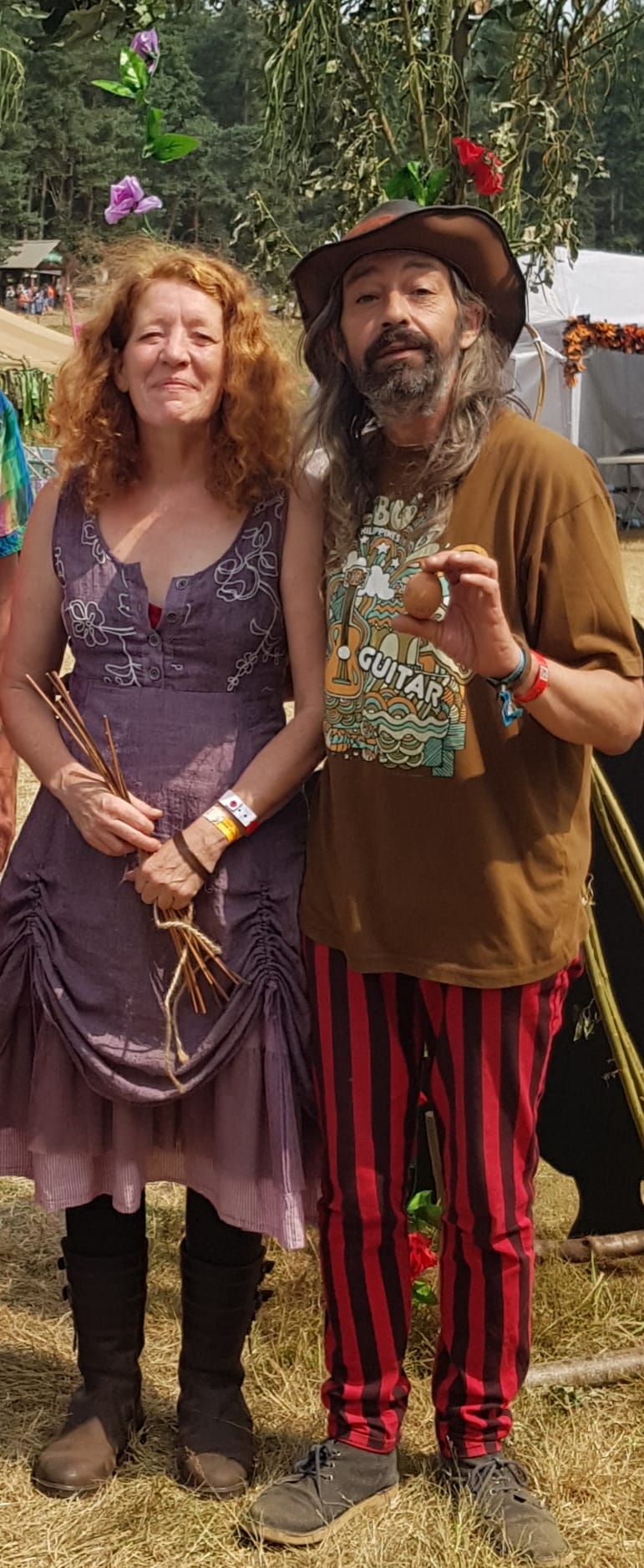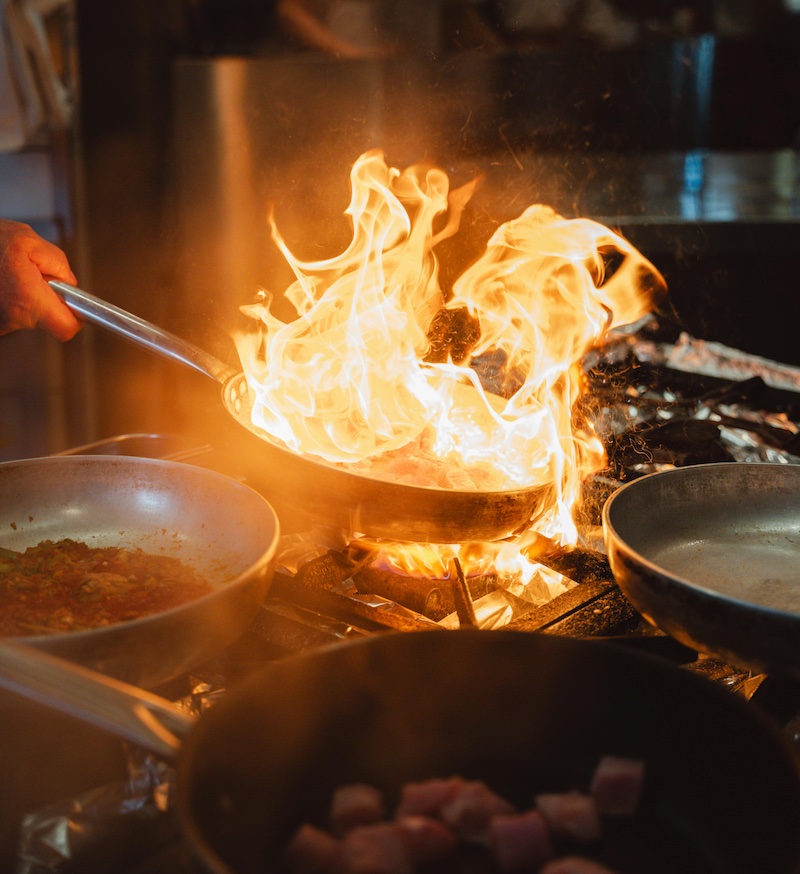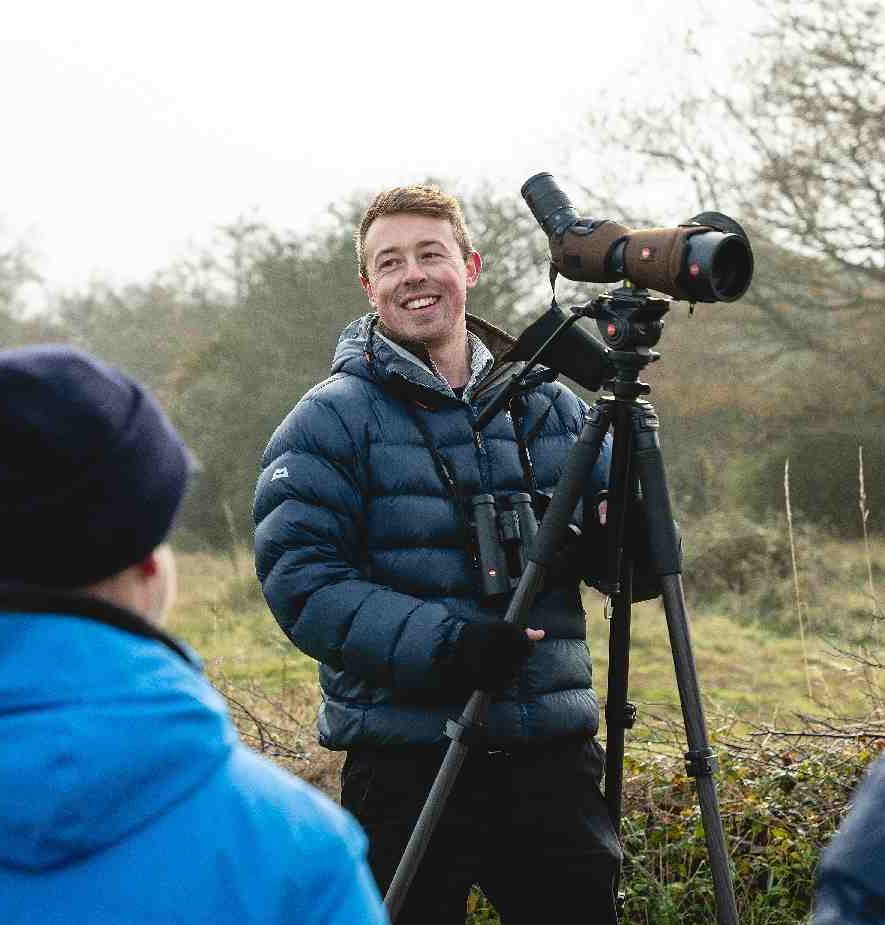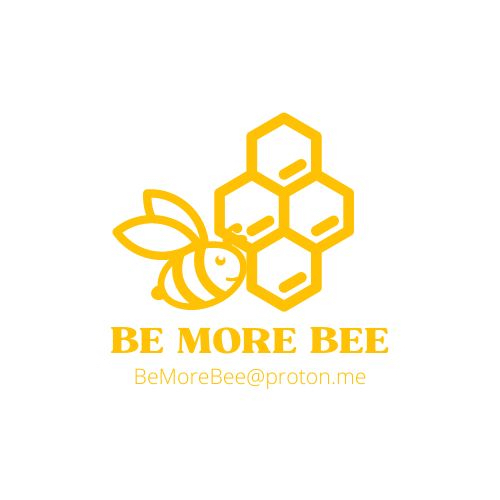We are a 100% wholemeal bakery. But why are we so committed to stone-milled wholemeal flour in our bread?
- FLAVOUR. We believe that everything in our bakery must be jam-packed full of flavour. Whole grains and wholemeal flours have so much depth of flavour. When the YQ loaves, and loaves with rye and other grains we use, come out of the oven, our bakery smells like honey. And when we take a bite, that smell is in the taste, along with an earthy, malty richness, and a smoothness of TEXTURE. Using whole grains pushes us creatively. We’ve found that wholemeal flour is great in our bread but also in fruit tarts, especially with autumn fruits like quince, apple and pear; these also work well with wholemeal rye flour, which combines beautifully with chocolate, as does buckwheat, which we love with cobnuts… the list of wholemeal flavour and texture combinations is vast and ever-expanding.
- Nutrition. For us, flavour and nutrition always go hand in hand. Good soil grows good food, full of goodness of flavour and nutrition. The WHOLE GRAIN is made up of the
- endosperm, the starch and protein centre. Gliadin and glutenins are the two types of protein found here. Though 80% of the grain’s weight, it is only 20% of the grain’s nutrition. The rest is in the bran and the germ, together making 80% of the grain’s nutrition.
- bran (the roughage outer husk), the main source of fibre; and the germ, containing fats and micronutrients. The bran and germ combined contain – globulins and albumens, two other sources of protein; micronutrients; vitamins; phenolic compounds antioxidants; lipids; phytic acid and fibre.
- NO WASTE. Wholemeal flours are made by milling the whole cereal seed and not sifting the flour. In the production of white flour, a third of the harvest is lost. Often it goes to animal feed and any leftovers will go to compost or into anaerobic digestion to produce gas and electricity. When they are so flavourful and nutritious and when our diets today are dangersouly and severely low in fibre, we prefer to honour the whole grain and the work of our farmers.
- HONOURING THE LAND AND OUR FARMERS. The stripping of the bran and germ to produce white flour is much more labour intensive for smaller scale millers. Diverse and old varieties of grains are far more sustainable and resilient to climate change than modern wheat. We want to support the work that farmers are doing, use the whole grains and honour their hard work and respect for the land.
- FOOD CULTURE. With the homogenisation of our diets, we have lost a taste of a place. The YQ grown here is very different to the YQ grown at Turners of Bytham, Gothelney Farm, Maple Farm and many other farms all over the UK. We need to unlearn our food habits, relearn the importance of a taste of a place and that the diversity of food from one region to the next is diversity in our diets, which is better for us and our land.
- TRADITION. At Wakelyns, the YQ and Q have always been milled in their whole grain form and we would like to remember what has gone before us, honour it and learn from it, and continue on our path with that informed, experiential learning.
- IDENTITY. With their flavour, nutrition, shape and colour, each grain of wheat, barley, rye or any other cereal is different from the next. When we strip away the bran and germ, we lose a lot of the grain’s identity and within that, the many identities that form its history, the land and the people. The stories of the YQ ORC Wakelyns population wheat and many other grains we use are very important to us and we do not want to forget them when we make our bread. We will continue to use the whole grain, create the most flavourful and nutritious bread for our customers and tell the YQ story. , and more.
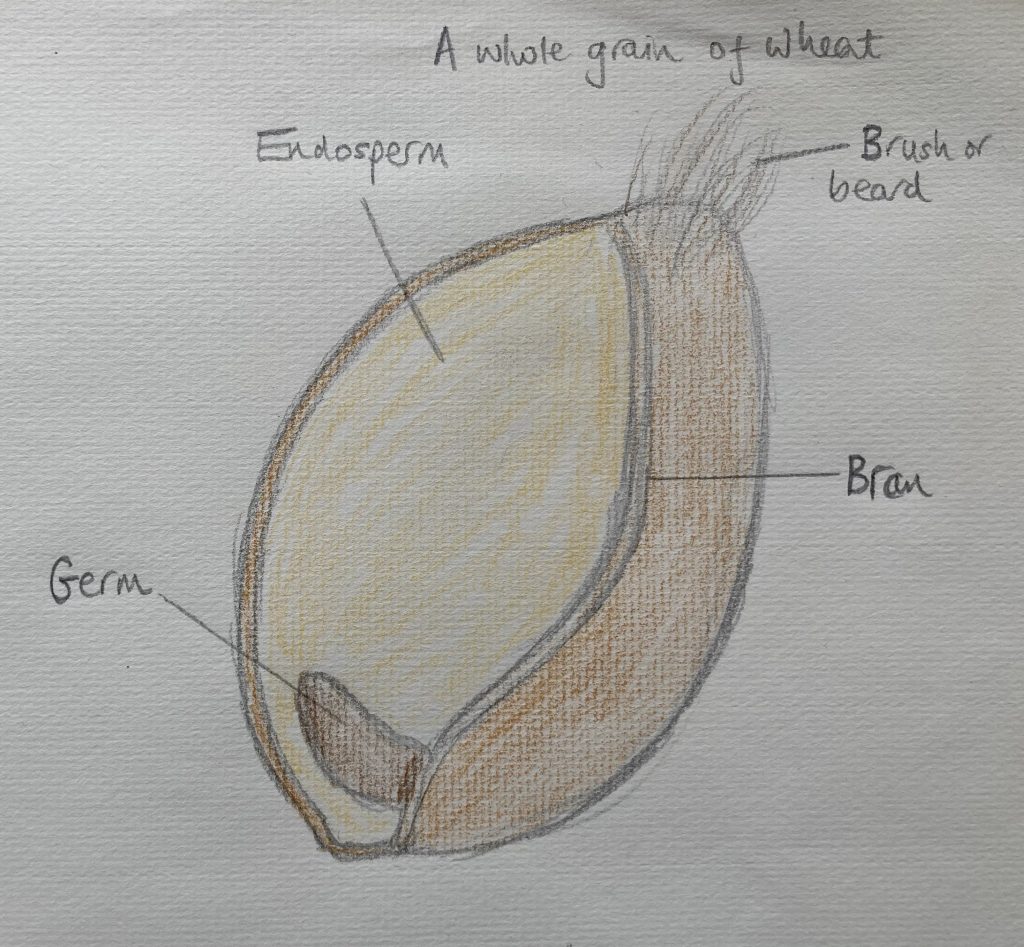
What exactly is the ‘whole grain’?
Every year at harvest time at Wakelyns, Paul and Mark our farmers and food producers, do two things with the wheat grains that they harvest – it is cleaned, threshed and milled into wholemeal flour to use in the bread in our bakery, and the rest of the seeds are saved and planted for the following year’s crop. The ‘YQ’ and ‘Q’ at Wakelyns have now been through over eleven generations of natural field selection, each year the plants within them which are better adapted to the climate, soil and landscape here, reproducing. This results in our own local population, or ‘landrace’. Find out more about this here on the YQ and Q Population Wheats page of the Wakelyns website.
Here are some photos illustrating the whole process from sowing the seeds, the first grasses springing to life to the more fully grown plants in the field, harvesting, grains before cleaning, milling, flour and bread, then it all happens again. With this constant renewable cycle of the seeds and the bread, involving the birth, reproduction and death of the organisms, notably yeast and bacteria in our bread, within it, the symbolic significance of bread is not hard to understand. Bread really is life.
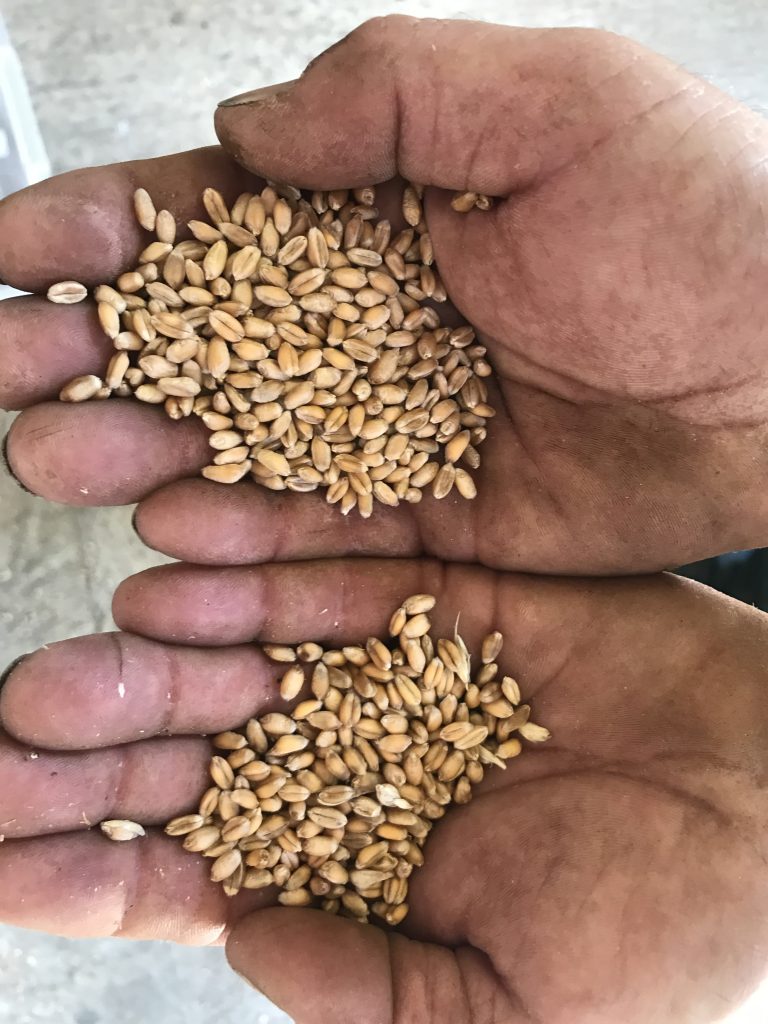
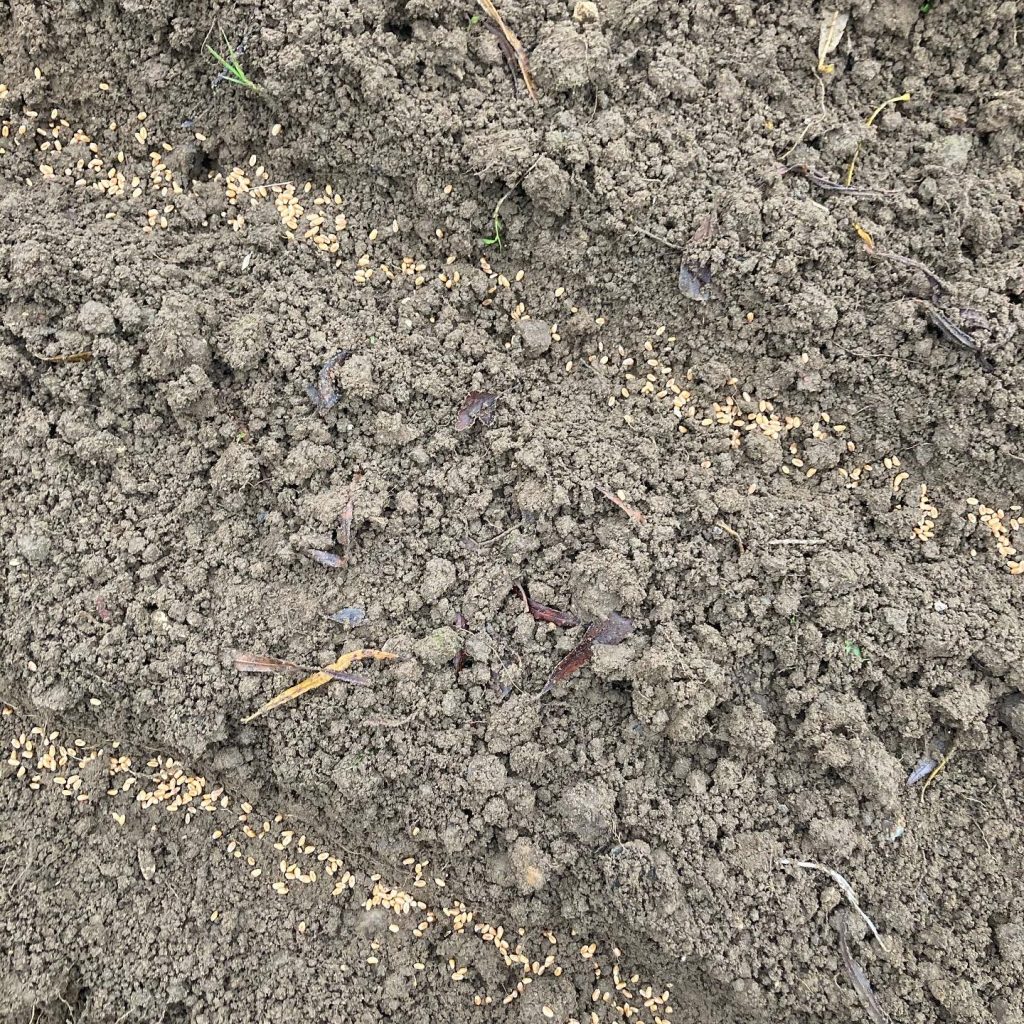
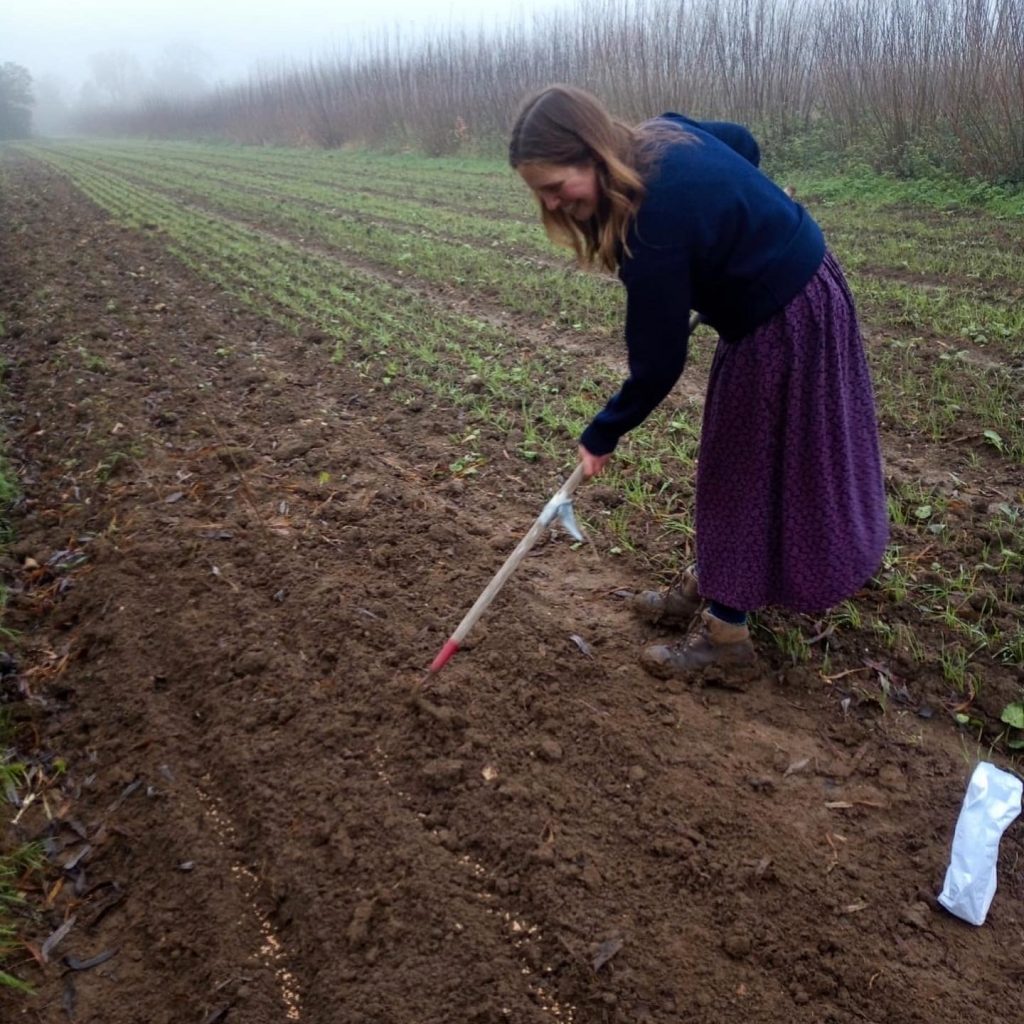
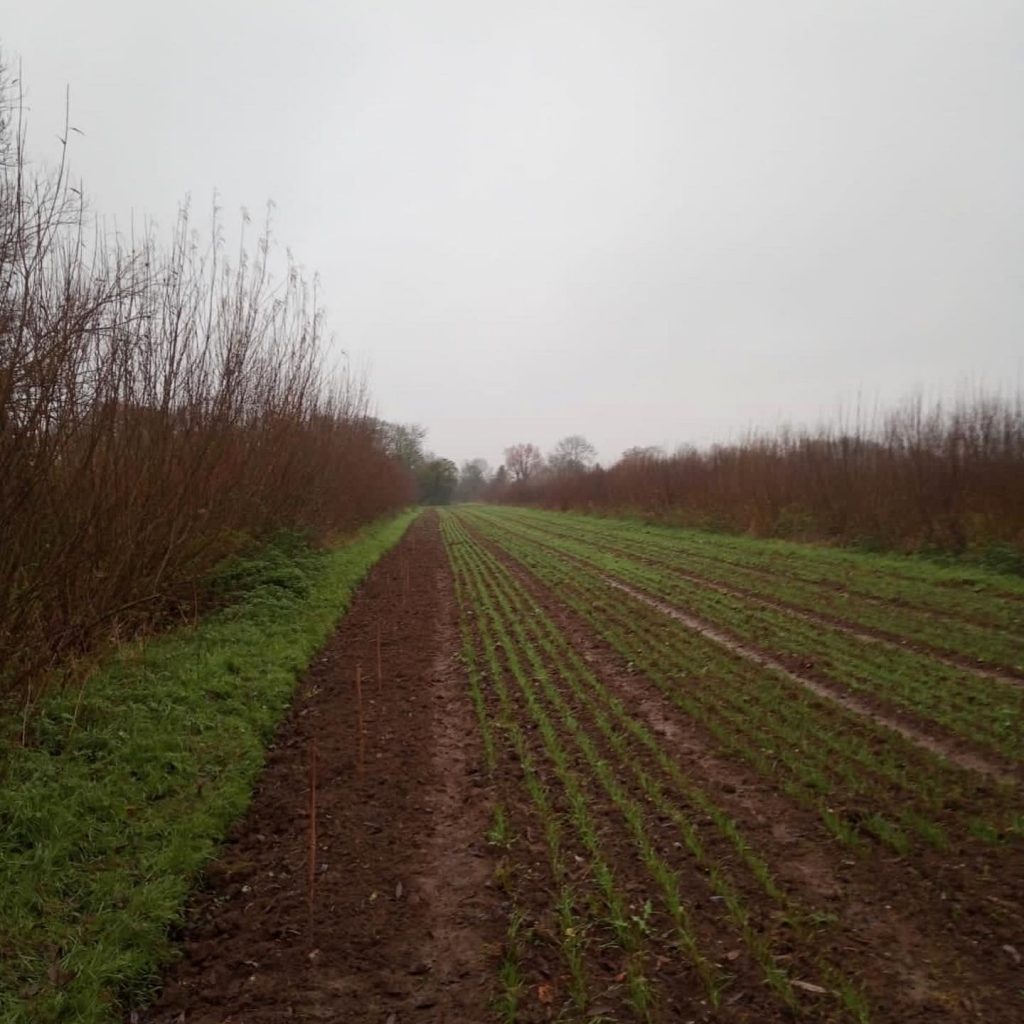
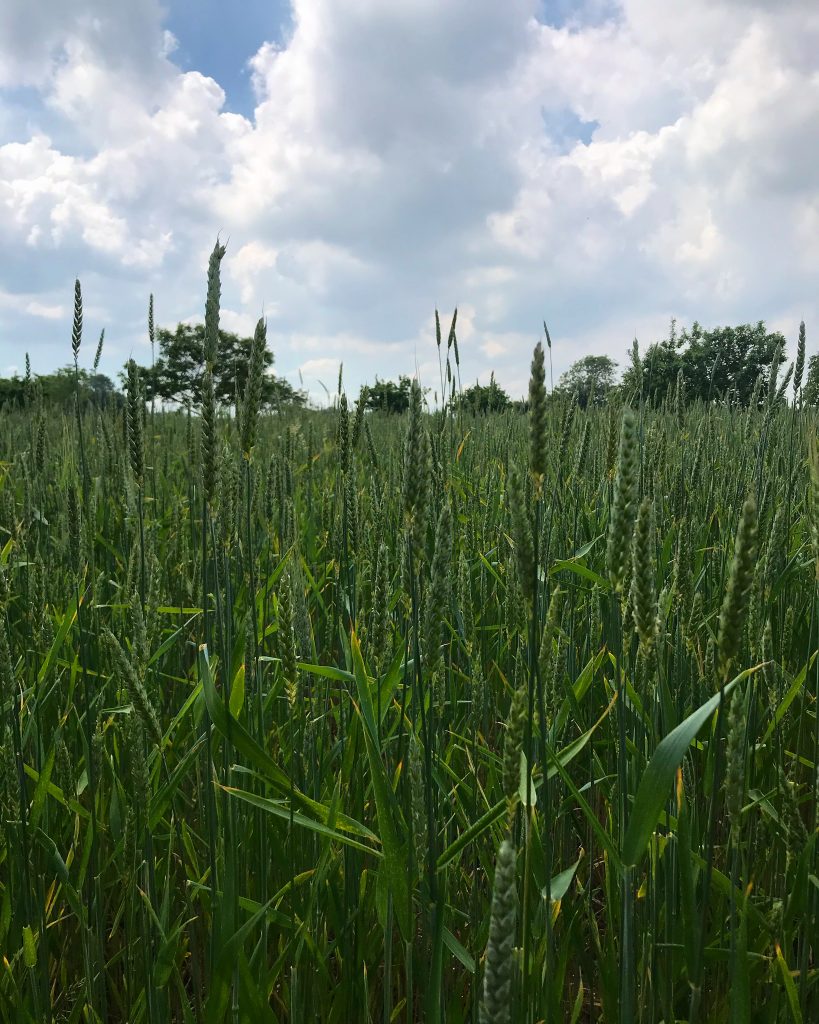
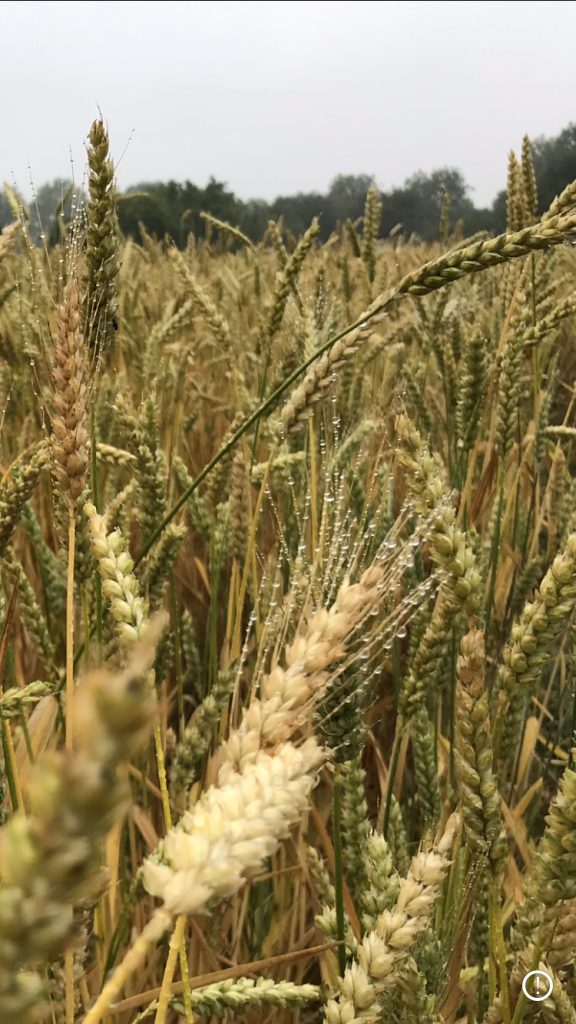
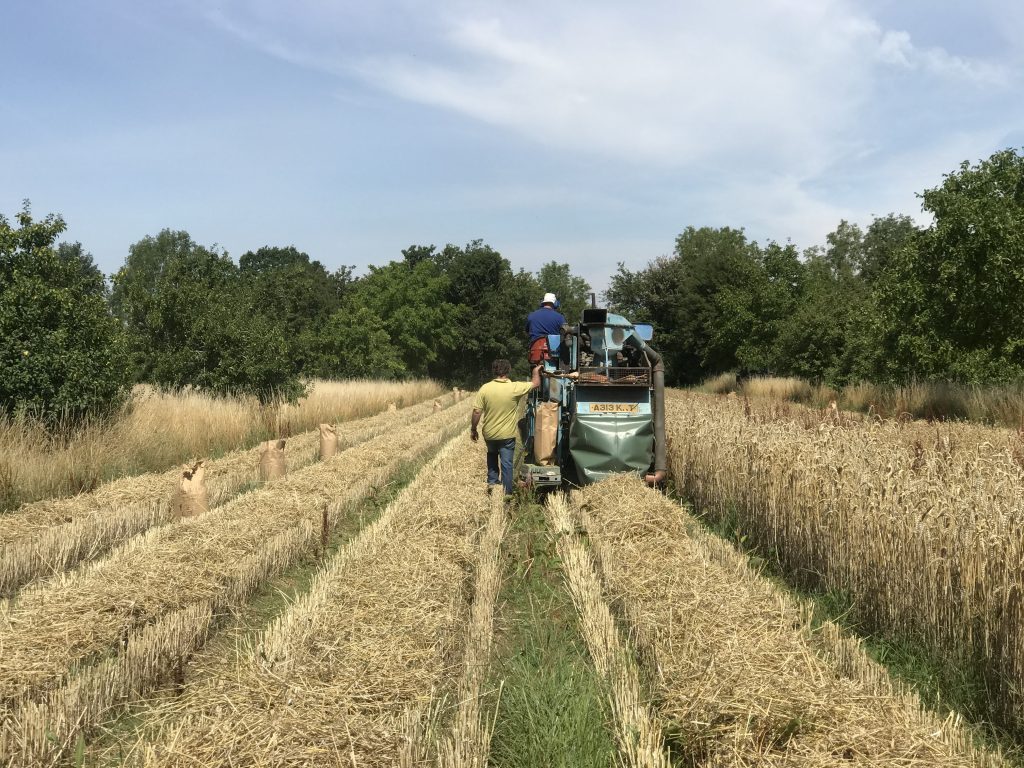
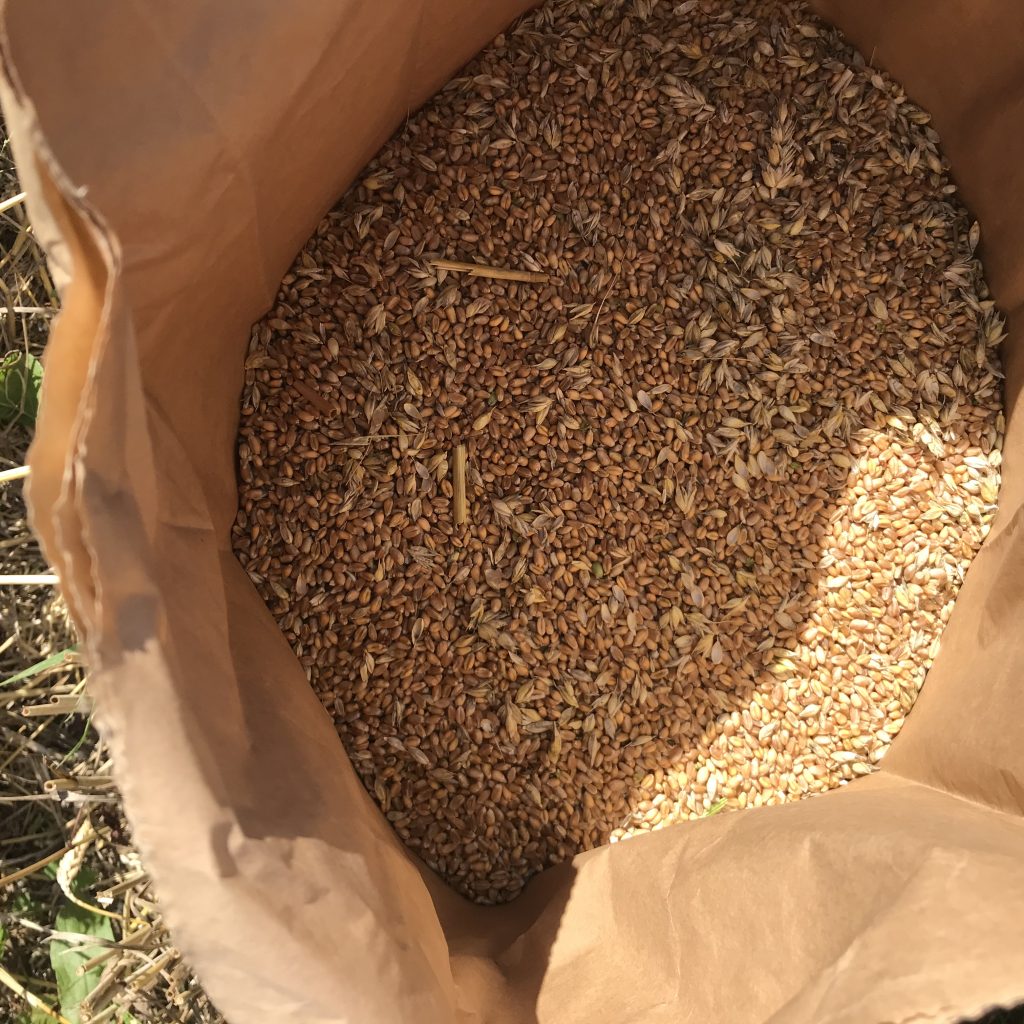
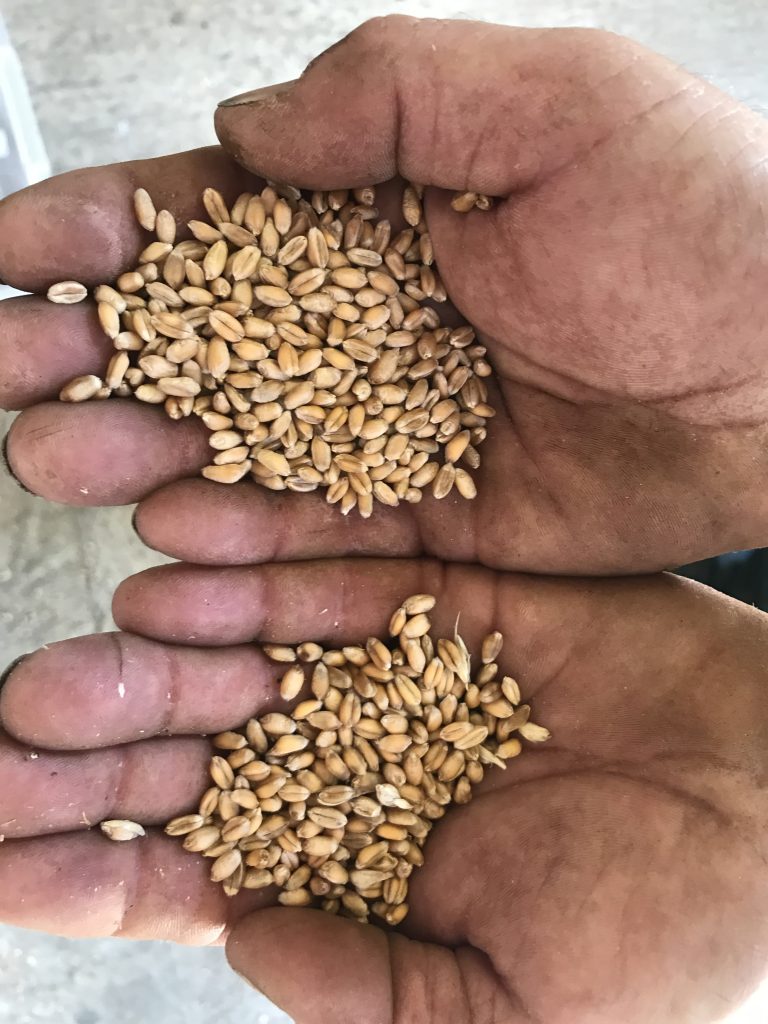
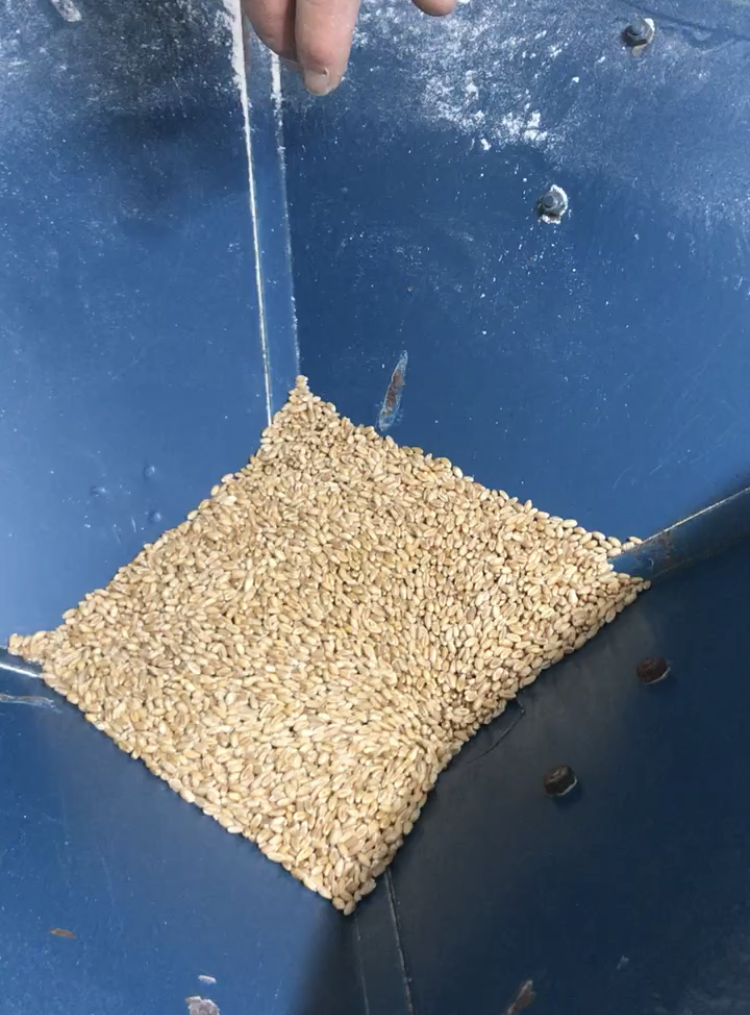
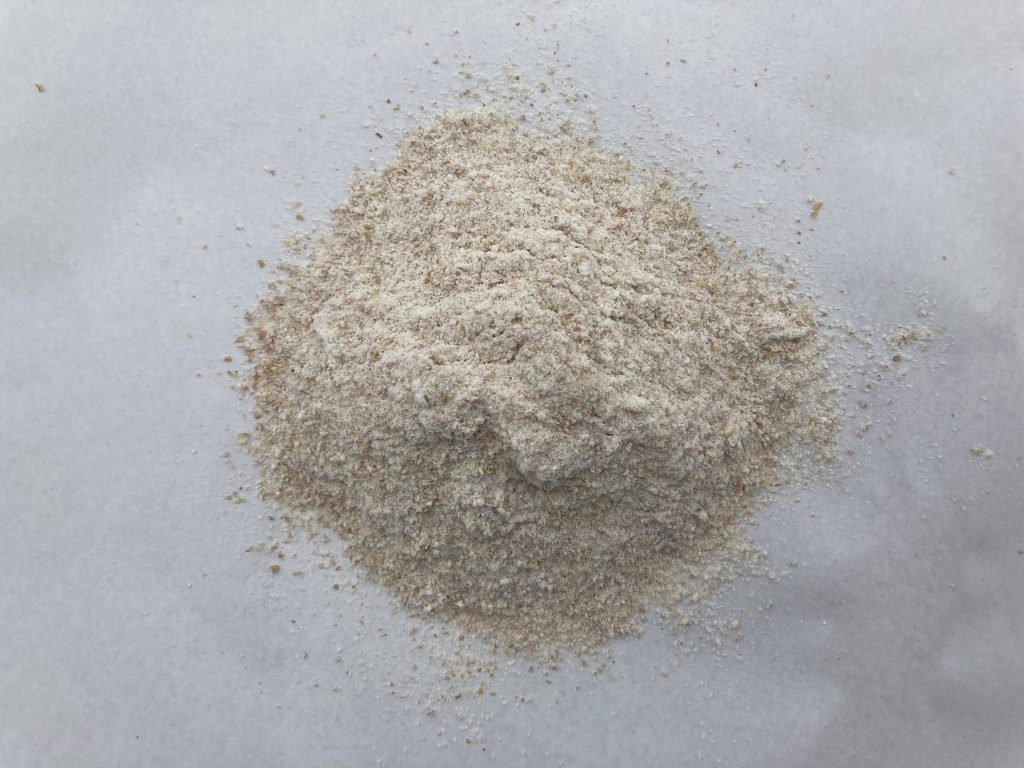
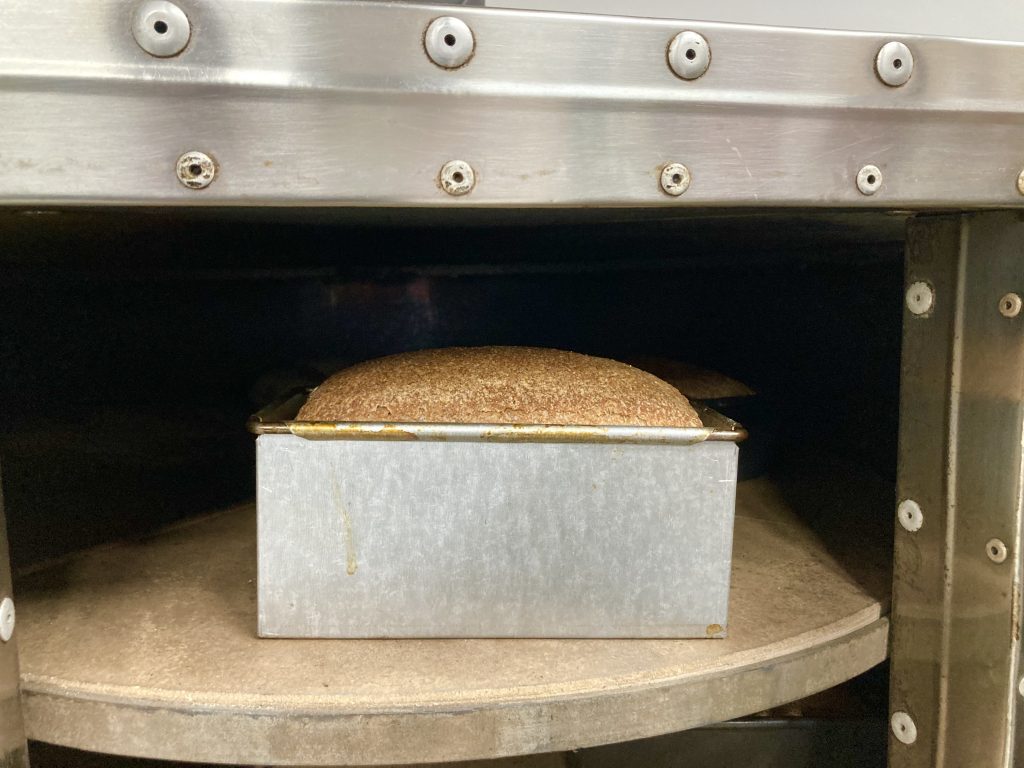
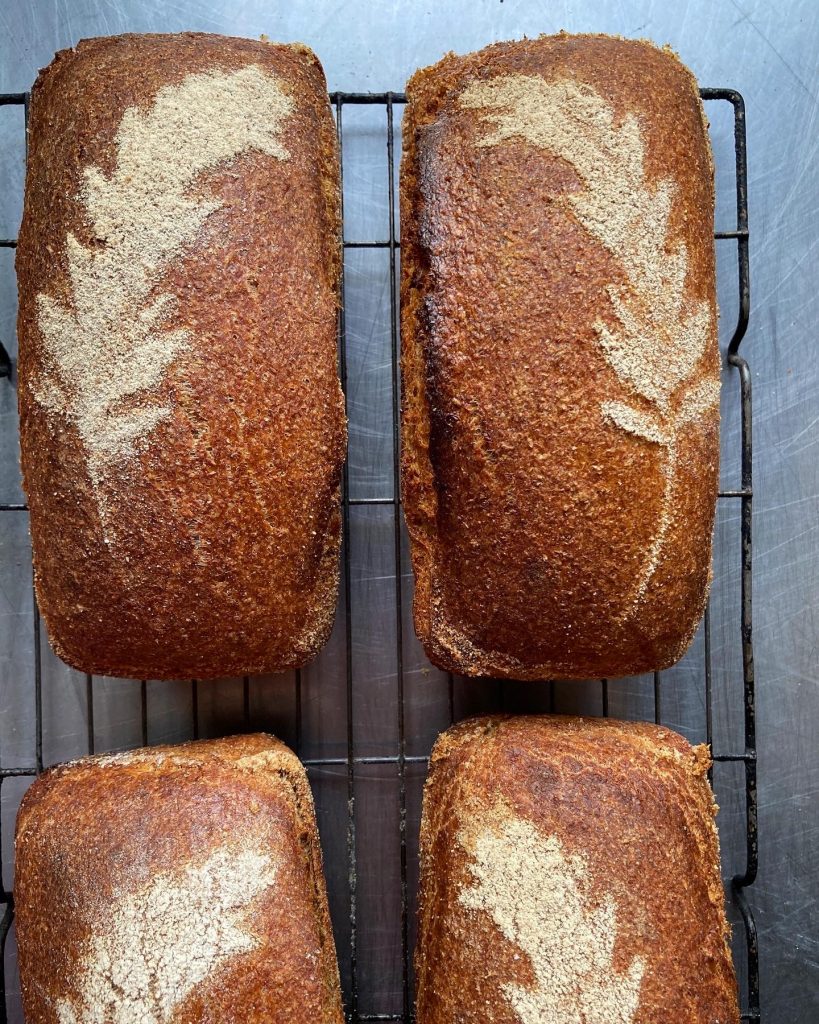
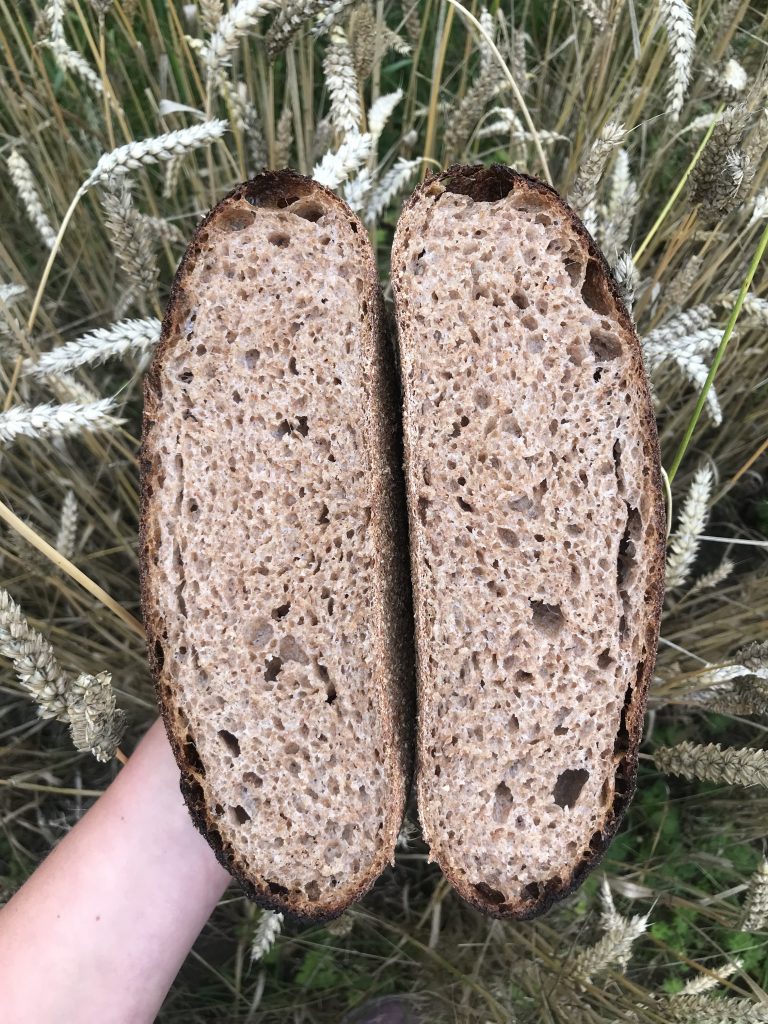
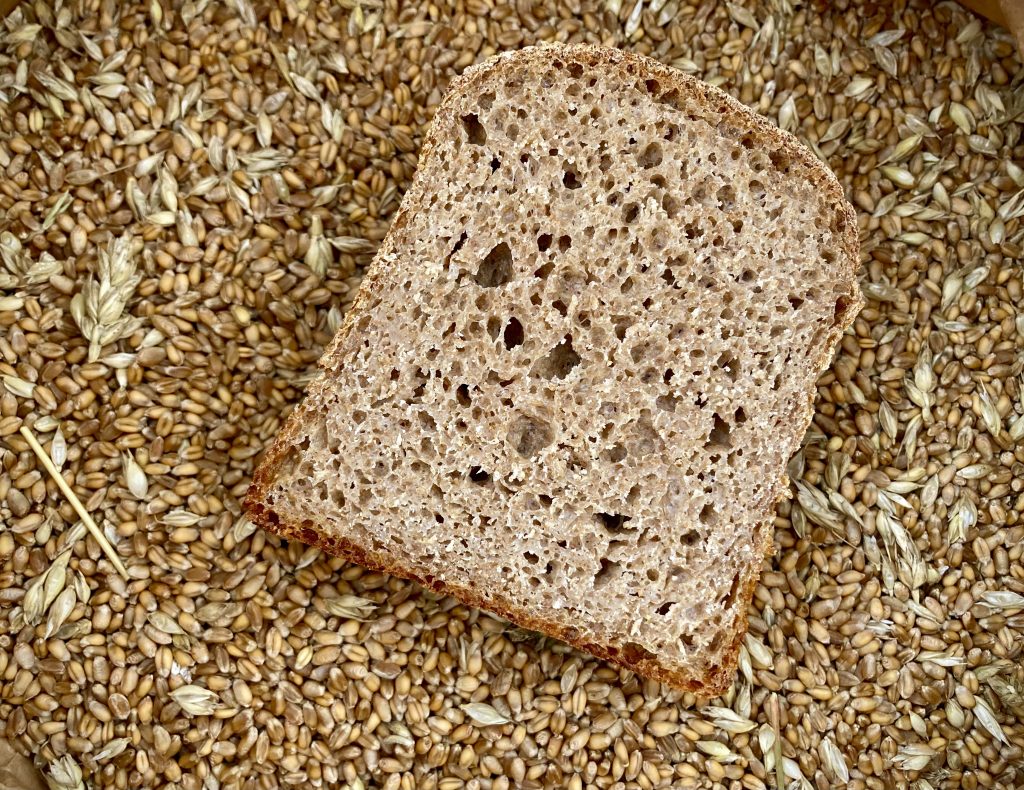
Now we have our loaf of bread containing just three ingredients – wholemeal flour, water and salt. It sounds so simple, and that really is one of the many beauties of bread. At the same time, real bread is very complex. We hope that now you know a little but more about the whole grains and why we use them, you understand the forever enigmatic wonder of bread. From the soil to your slice, the land, the people, the grain seeds the mixing, proofing, fermenting and baking process, there really is much more to our humble bread than meets the eye.
Here are some useful links that we recommend if you want to find out more about beautiful whole grains –
Against the Grain with Andrew Whitley in the Guardian
Milling Offal, let’s eat more of it! By Josiah Meldrum, co-founder of Hodmedod’s
The Joy of Wholegrain by Henrietta Inman, Wakelyns Bakery founder, with Kimberley Bell and Dawn Woodward.
The Grain Project by Dawn Woodward
.
